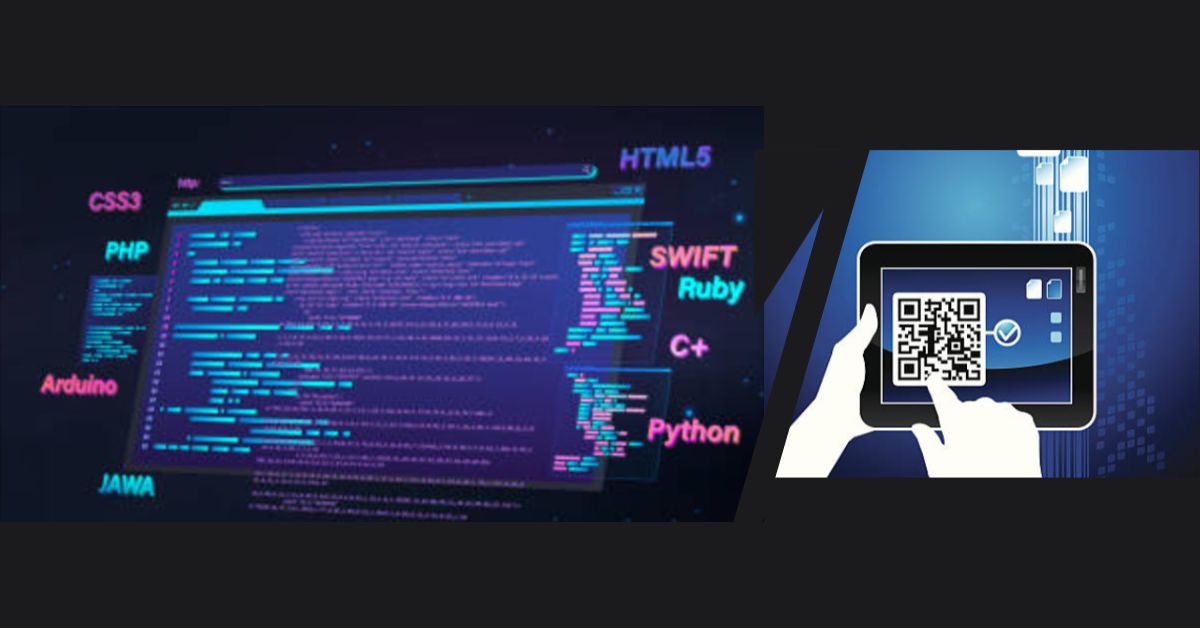In today's digital era, barcodes have become a crucial tool for businesses to work smarter and more efficiently. As more and more businesses embrace digitization, they are constantly looking for ways to streamline their operations and reduce their workload.
Barcode scanner software applications provide a practical solution that can help achieve these goals effectively. However, it's essential to approach barcode implementation carefully to ensure its success.
In this article, we will delve into the key considerations you need to keep in mind when implementing barcodes, allowing your business to optimize its processes and unlock the full potential of this technology.
Choosing the Right Barcode Type
When it comes to implementing barcodes, selecting the correct barcode type is crucial. Various barcode symbologies are available and follow specific algorithms for encoding and storing data. These symbologies have different qualities, such as capacity and linearity, which make certain barcode types more suitable for specific industries and applications.
For example, in a warehouse setting, barcodes are used to track items and ensure efficient inventory management. In this case, Code 128 symbology might be preferred due to its high data capacity and versatility. Code 128 can encode alphanumeric characters, making it suitable for labeling products with complex identification codes or descriptions.
Barcodes play a crucial role in patient tracking and accurate record-keeping in the healthcare sector. The PDF417 barcode type is commonly used in healthcare because it stores large amounts of data, including patient information and medical histories, in a compact format.
By selecting the appropriate barcode type tailored to the specific needs of the industry, businesses can ensure seamless and accurate data management and tracking. Whether it's optimizing inventory in a warehouse or maintaining comprehensive patient records in healthcare, choosing the right barcode type is essential for efficient operations and reliable information retrieval.
Importance of Barcode Size
The size of a barcode is significant for businesses. Choosing the right size is crucial based on your specific needs and the type of barcode reader you're using. You don't want it to be too big that it won't fit in the scanner or too small that the scanner can't read it.
Let's say a shopkeeper has a payment barcode scanner painted on a large wall. Can you capture it on your mobile device with ease? So, you can see how the size of the barcode directly affects its functionality and how usable it is in different business situations.
Proper barcode placement
Did you know that the placement of barcodes plays a crucial role in the success of barcode scanner software? Choosing the right location is essential to ensure maximum efficiency and readability.
You definitely don't want the barcode to be hidden because that defeats the purpose of having a barcode system in the first place. Folds, flaps, and edges can cause problems and make it difficult for the barcode scanner software to read the barcode accurately.
This becomes even more important when you have stationary scanners, like the ones at checkpoints, tolls, or parking entrances. So, properly positioning the barcode is essential for a smooth and successful implementation.
Note: If you wish to create your own scanning app, robust barcode reading SDKs are available in the market that can easily decode barcodes even in challenging conditions.
Seamless integration
Did you know that when implementing a barcoding system, it's essential to ensure that it seamlessly integrates with your existing software and technologies? Businesses often use multiple types of software, and the barcode system must be compatible with your current structure and systems. You don't want any compatibility issues or unexpected problems during installation.
For example, suppose you want to introduce a barcode system for money transactions alongside your existing payment system. In that case, it is crucial that the new barcoding system seamlessly integrates with your current system. Without seamless integration, introducing the barcode system would serve no purpose within your existing setup.
Ongoing maintenance and support
Did you know that implementing a barcode system is not the end of the journey toward a successful barcoding system? Ongoing maintenance and support are essential to keep the system running smoothly.
Moreover, having reliable technical support readily available is crucial for troubleshooting and resolving any issues that may arise. Without proper maintenance and support, the barcoding system may face disruptions and fail to deliver optimal results.
For instance, imagine a retail store that has implemented a barcode system. They need to clean the barcode scanners regularly, make sure barcode labels are correctly attached and readable, and keep their software up to date to prevent any scanning or data retrieval issues.
Conclusion
In conclusion, considering the key factors for a successful barcode implementation is crucial to maximizing its benefits. Businesses can ensure a seamless and efficient barcode system that enhances productivity, accuracy, and overall operational performance by carefully addressing factors such as barcode symbology, size, placement, integration, information design, and ongoing maintenance.
With the proper considerations, barcode implementation can transform business processes and drive success in the digital age.


No comments yet